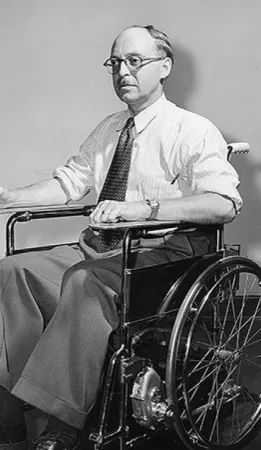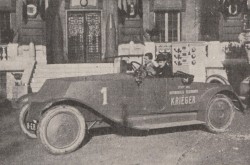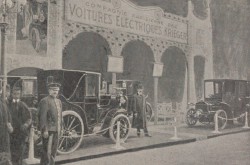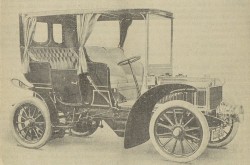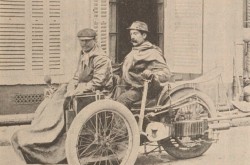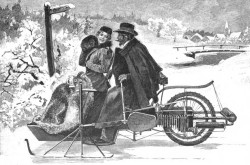Electric Wheelchair
This article was originally written and submitted as part of a Canada 150 Project, the Innovation Storybook, to crowdsource stories of Canadian innovation with partners across Canada. The content has since been migrated to Ingenium’s Channel, a digital hub featuring curated content related to science, technology and innovation.
An invention of Canada’s National Research Council – created over 50 years ago to assist injured war veterans – has helped thousands of paralyzed people around the world regain a sense of mobility. NRC designed the world’s first practical electric wheelchair for quadriplegics, and it quickly drew international attention. The prototype, considered one of the most significant artifacts in Canadian innovation history, is now on display at the Smithsonian Institution in Washington, D.C.
At the time, the NRC model was more reliable, manœuvrable and versatile than any previous motorized wheelchairs. It featured independent drives on each of the main wheels, so the chair could pivot easily. NRCalso developed a sophisticated control switch with eight different positions that resembles the modern “joystick” – a common feature of today’s electric wheelchairs.
Moving at a speed of roughly four kilometres per hour, the NRC wheelchair could operate in close quarters and on relatively steep ramps. The wheelchair had a maximum operating range of about 30 kilometres, which made it practical for use both indoors and outdoors.
Through this project, NRC helped launch the new field of rehabilitation engineering.



